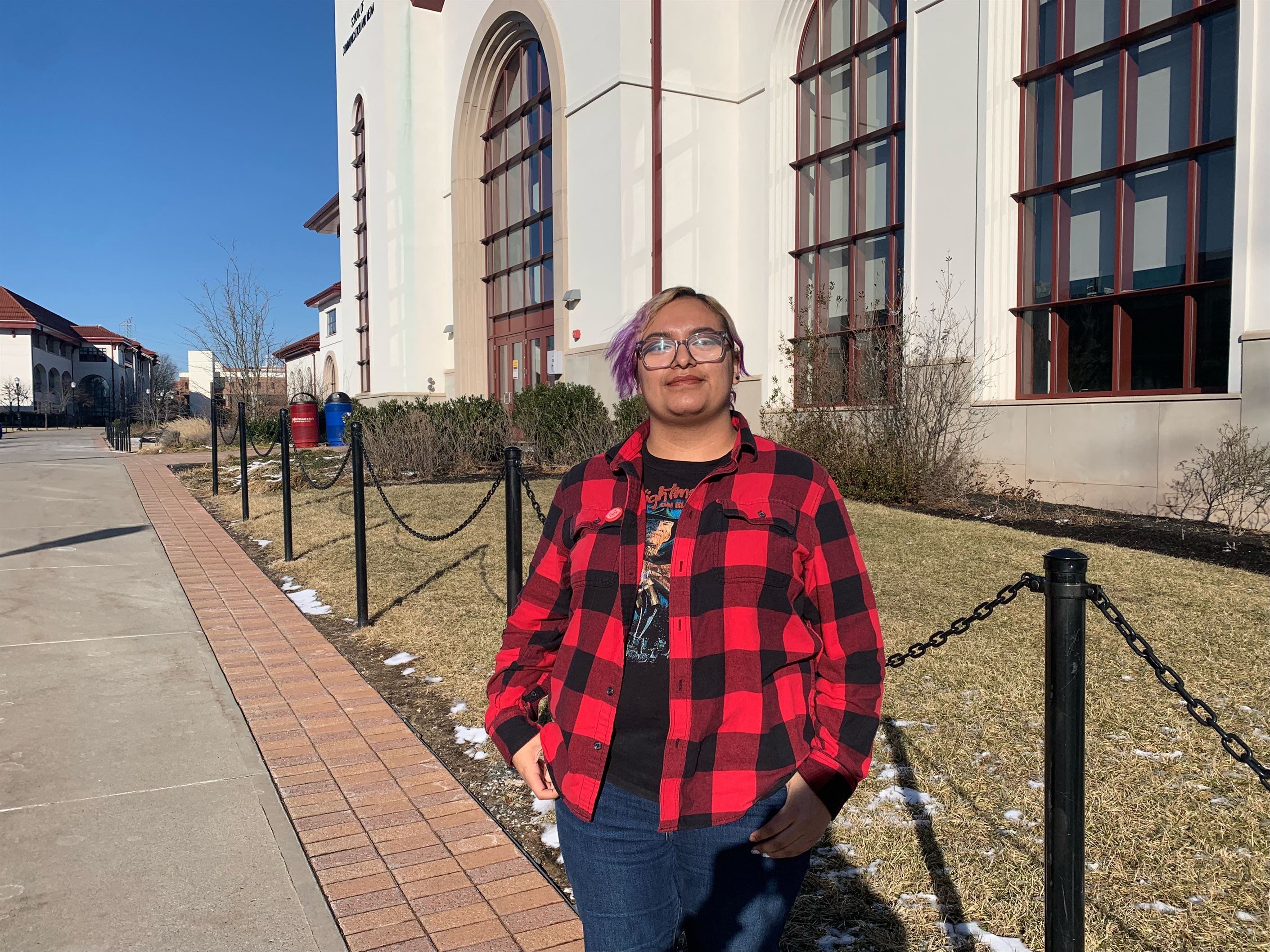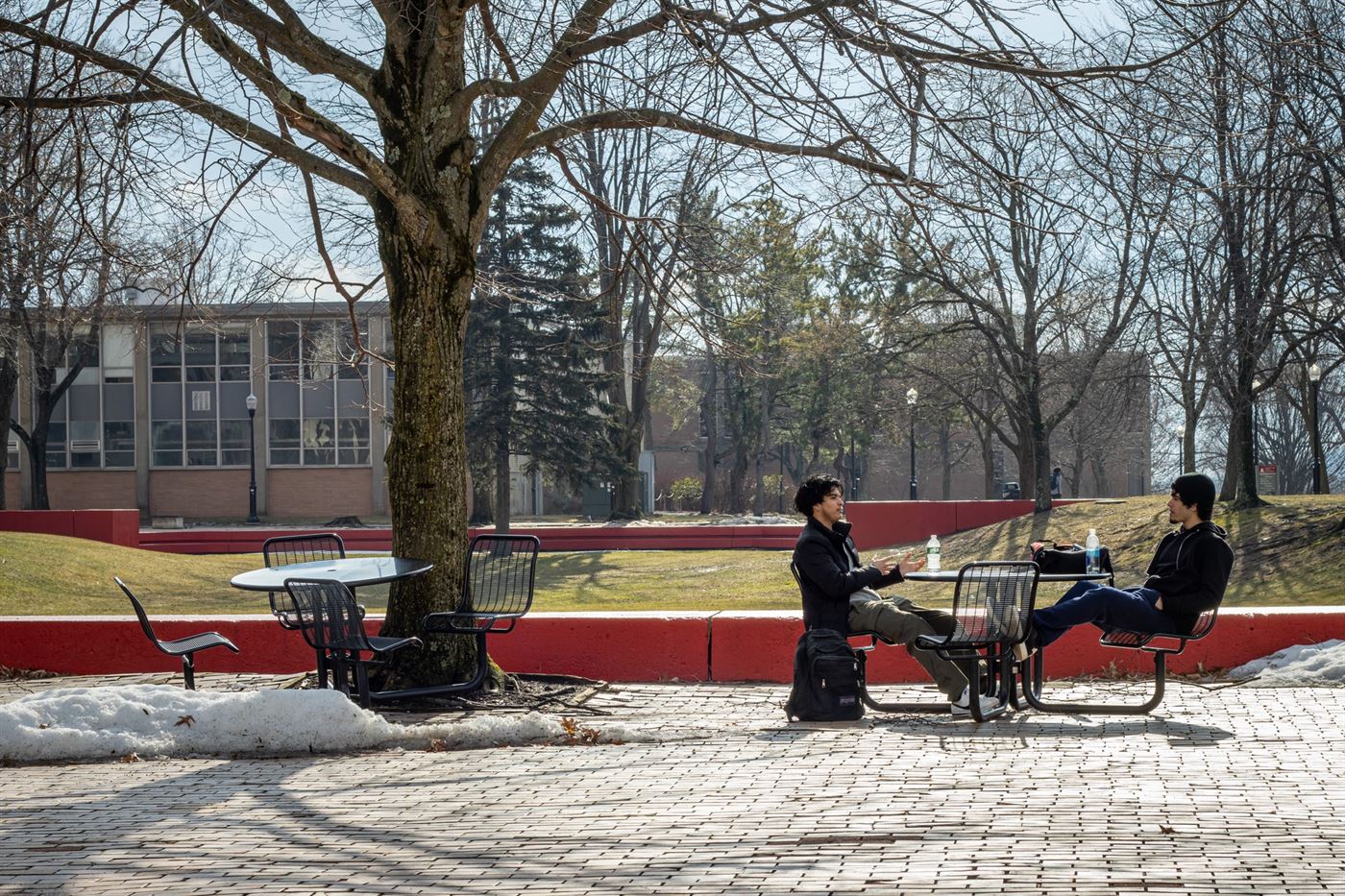The Montclair State University Senate released a document detailing recommendations for land acknowledgment on Jan. 26.
The three-page-long draft, available for the public to view on the Montclair State website under “Recommendations, Statements and Resolutions,” contains information related to the Indigenous tribes that occupied the land before Montclair State.
The land, initially known as Lenapehoking, is the traditional and expropriated territory of the Lenape tribe of New Jersey.
This is the first step to a formal acknowledgment and it is being brought to university President Jonathan Koppell for consideration.
This effort began in 2019 during the presidency of Susan Cole, where tribal leaders and activists have been pushing to have the university acknowledge the sacred lands the school occupies.
Montclair State joins other institutions such as Michigan State University, Northwestern University and the University of British Columbia in acknowledging the lands they occupy.
Erik Jacobson, president of the Senate, explained why he thinks land acknowledgment gained support in the Senate.
“I think the reason it found support in the Senate is that people wanted to both recognize the history of expropriation and recognize the current realities of Indigenous communities, in all their complexity,” Jacobson said. “I believe the statement can play an educational role and it invites reflection that hopefully leads to action.”
Jacobson added that the statement will be read at certain meetings and events to spread awareness.
“This includes at the start of a semester or class, before public meetings and performances,” Jacobson said. “We are also recommending that copies of the statement be placed in a few public spaces around campus, both indoor and outdoor. We believe this will increase its visibility and impact.
Andrew Mees, the university spokesperson, said the university supports the Senate’s efforts.
“The university is supportive of a land acknowledgement, and we will work with the University Senate to develop a statement sensitive to the issues rightfully raised by the tribes,” Mees said.
Dr. Elspeth Martini, a history professor focusing on Native American history and the chair for the Land Acknowledgement Committee, helped lead the university to make these changes.
“The process has taken so long because rather than having a token statement to be read out at campus events etc., we wanted it to be a commitment from our institution to working with and for [New Jersey] Native communities,” Martini said.
Martini explained what steps will be taken once the statement is approved.
“Once the statement is finalized and approved, there are various plans underway to have it appear on the screens throughout campus and maybe have a reflection garden, [too], along with a more general publicity blitz,” Martini said.
Daine Ocampo Martinez, a senior linguistics major and moderator of a meeting related to the land acknowledgement back in November 2021, believes there is more that can be done in the linguistics department related to Indigenous heritage.
“I think the next step should be adding more classes about Indigenous history and culture that are written and told by Indigenous people,” Ocampo Martinez said. “Even working on Indigenous language classes [would be great]. We have to learn European languages. Why not a language that is native to this land?”

Daine Ocampo Martinez, a senior linguistics major, moderated an event related to land acknowledgment.
Lynise Olivacce | The Montclarion
The university had issues with Indigenous sensitivity in the past. In January 2021, artist Emily Johnson wrote on Medium about an abusive work environment involving the executive director of Peak Performances related to Indigenous heritage.
In 1989, the university changed its mascot to a Red Hawk after controversy over the use of an Indigenous caricature for a mascot. The school briefly mentions the athletic department’s adoption of a new mascot in a timeline available on the school’s website but does not explain why this change was made.
The move to create a land acknowledgement is one that some feel has come too late, including Mari Zuniga, a senior communications and media arts major.
“It’s far too late, but at least they are trying to change things,” Zuniga said.

Mari Zuniga, a senior communication and media arts major, said the acknowledgment has come far too late.
Carley Campbell | The Montclarion
The acknowledgement, as well as minutes for meetings, are available on the University Senate website.



